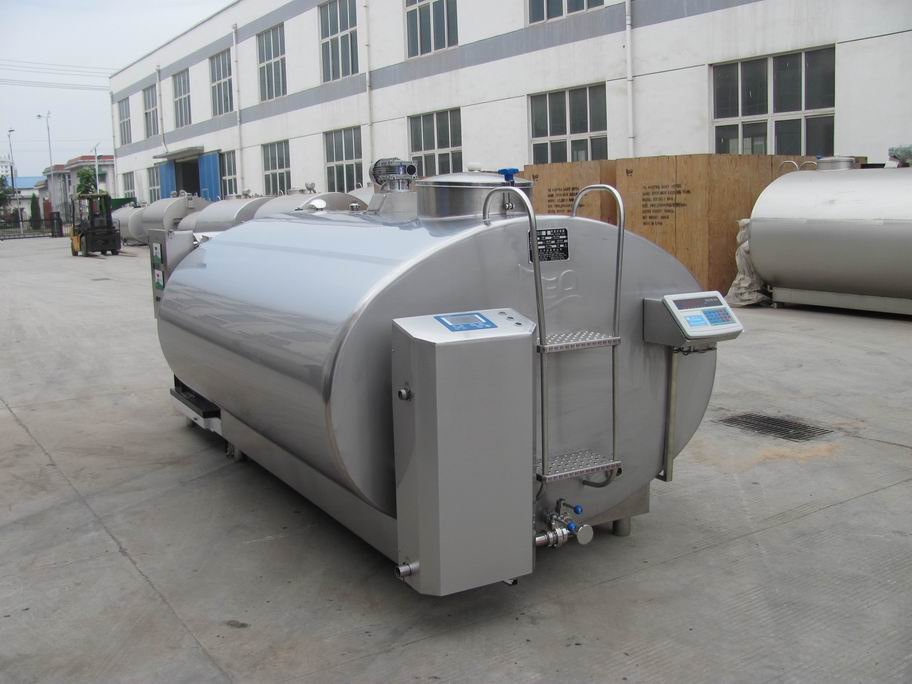First, rice field preparation. Select paddy fields with more soil, reliable water sources, good water quality, and easy management. Tadpoles are more than 0.5 meters above the water surface. They are buried in the inner trenches and buried in trenches to prevent the loach from escaping. At the end of the field, there is an inlet and a water injection pipe. Dig 2-4 grazing ponds with a width of 3-5 meters and a depth of 0.8-1 meters around the rice field or in the corner of the field. The excavation area accounts for 2-5% of the total area. On the side of the drainage yard, there are 1-2 overflow openings and a strong barrage is installed.
Second, the pro-Scorpion purchase. Intimate requirements for good shape, normal color, no disease and no injury. Females require a body length of 18 cm and a weight of 30 g or more. Males require a body length of 12 cm and a weight of 15 g or more. Mature females have larger individuals, short pectoral fins, rounded ends, tongue-shaped, prominent abdomen, cylindrical body, ectoderous valgus, red. The male skeleton is small in size, and its pectoral fins are long and narrow. They are sickle-shaped and their tips are pointed and upturned. When the water temperature is above 18°C, the quail species will be placed in a holding pond with a stocking density of 10-15 tails per square meter.
Third, close to nurture. One month before reproduction, the pro-growth of the well-developed gonads was intensively cultivated in the holding pool separately by female and male. The bottom of the pool is laid with 20 cm thick humus or soft corundum. The plants are placed in water and the water depth is 40-50 cm. Disinfect with clear lime or bleached clear pond for 1 week prior to putting it in contact. The feed used for cultivation is fish meal, soybean meal, rapeseed cake, rice bran, etc. Yeast flour and vitamins are added as appropriate. When the water temperature is above 20°C, the daily feeding amount is 5-9% of the weight of the pro-cascade. Appropriate topdressing, change water 1-2 times a week to keep the water quality fat and live.
Fourth, artificial oxytocin production. 400-500 international units of chorionic gonadotropin (HCG) and 2 μg of luteinizing hormone-releasing hormone analogue (LRII-A) were added to each female gill.
Dove the dose by half. 0.2 ml per tail. After the injection, the relatives were placed in cages at the female and male ratios of 1:1.2 for fertilization. Put 30-50 fish nests made of poplar roots and palm trees into the cage. When the water temperature is 21-25°C, the female fish lay eggs 11-13 hours later.
Fifth, seedlings hatch. Muddy eggs have very weak adhesion and should avoid oscillation when hatching. When the water temperature is 22-24°C, the film is removed after 48 hours. With water stimulation, the rate of release can be increased. The larvae that have just been stripped have a total length of about 2 mm and can swim after 4 days. The yolk sac disappears and they start eating. The stripping of the fry was completed and the ovaries were removed.
Sixth, kind of cultivation. Seedlings are grown in a holding tank for 15-20 days and then placed in a field for cultivation. The feed used was livestock and poultry, pig blood, snail meat and rice bran, wheat bran, bad residue and so on. Feeding 1-2 times a day, mainly feeding in the evening, the amount of feeding accounted for 5-7% of the total body weight of paddy fish. It is necessary to topically apply the fermented livestock manure in fish ditch and fish slip. When rice pests are banned, toxic poisonous pesticides such as phenolic acetic acid and flaming dan are banned. We must always check if there is any hole in the field and whether the barrier is intact. It is forbidden to duck into the field.
VII. Wintering and fishing. After the rice is harvested, it is poured into the field to allow it to winter in the fields. You can also choose to shelter the pond from the sun or deepen the water level in the fish ditch. Before winter, put piles of livestock and poultry manure in the four corners of the pond, both for fertilizer and water, but also for fermentation and warming. Loach seedlings can be caught by water flushing and food trapping.
Introduction of Leo Milk Cooling Tank / milk cooler:
Milk cooling tank composed of refrigeration units and tank body as two major parts. Tank body made of high quality AISI stainless steel (food grade); insulation layer use polyurethane foam one time forming; compressor unit using the most advanced U.S. Copeland flexible scroll compressor; optional device including automatic cleaning devices, electronic metering device and heat recovery system; independent computer control system makes our milk cooling tank in intelligent automatic working condition. Our milk cooling tank features are:quick cooling speed, high efficiency and insulation ability , low noise, reliable, simple operation, no maintenance and on-site installation, long service life. Capacity from 500L to 12000L to meet the different needs of various customer groups.
Features and benefits of Leo milk cooling tank/ milk cooler :

Milking Machine,Milk Chilling Tank,Mannual Milk Tank,Horizontal Milk Tanks
Henan Leo Husbandry Equipment Science and Technology Co.ltd , https://www.chinaleodairy.com